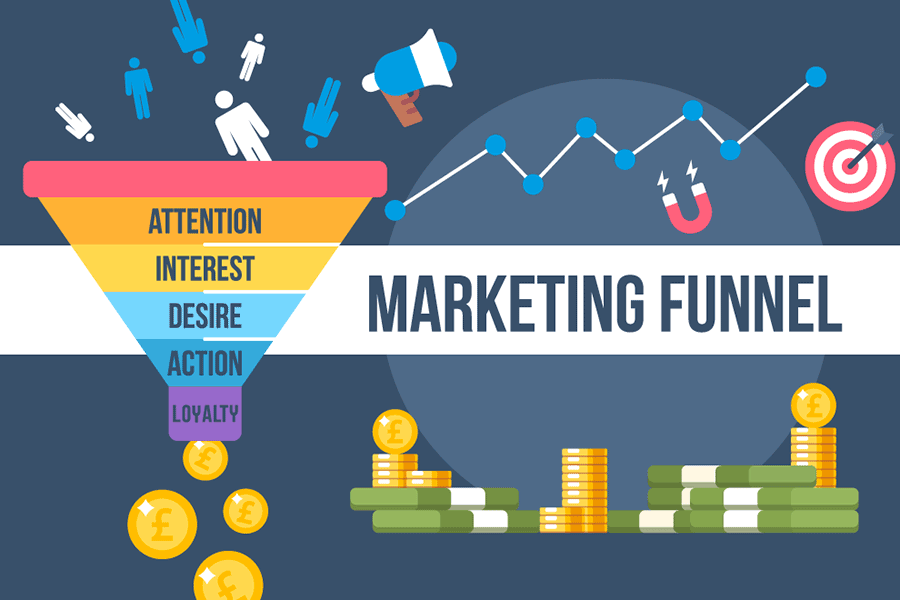Staying ahead of the competition requires a thorough understanding of the tools and techniques that…
How to utilise keyword intent

When doing keyword research, understanding the intent behind the searched keyword can greatly impact the ways you conduct it. There are 3 main intents behind why users will search certain keywords Navigational, Informational and Transactional.
Navigational
These searches are done with the intent of finding a specific website. If someone searches for “Nandos menu” then the intention is very clear; they’re looking to get a cheeky Nandos but would like to browse the menu beforehand.
Informational
These searches are done with the intent to answer a specific question or to learn more about something. These searches normally lead users to visit multiple websites either due to the need to look for more information or because the website they visited didn’t give the answers they were looking for. For example, if someone searches for “Nandos food reviews” then we can see the intent of their search is to find what other people think of the food at Nandos.
Transactional
These searches are done with the intent to perform an action, which doesn’t necessarily have to be a purchase. Instead the action could be for a lead, like someone looking to get a quote for a loan. An example of a transactional search may be “Order Nandos online” which has the clear intent to buy food and to make their day a little tastier.
For most businesses, transactional intent keywords are of most interest as they will be the ones that drive conversions and are considered high intent keywords. On the other hand, navigational and informational are normally considered low intent keywords by companies. This is due to users looking for information and are in the early stages of the customer purchasing process. As a result, are unlikely to commit to buying anything right now.
“Buy” keywords
High intent keywords are split into multiple categories being the “buy” keywords and the “product” keywords. Some examples of “buy” keywords are; buy, deals, discounts, sale, free delivery, offers etc.
These keywords have similar intents behind them as the user who is searching for them has decided to purchase. They are now looking for where to do it from. The “buy” keyword has the highest indicator of intent, however, the keywords still have a strong indication of purchasing intent.
“Product” keywords
As for “product” keywords, they also indicate a users’ intent to purchase. Some examples are specific products (e.g. “Playstation 5”), branded keywords (e.g. “Nandos half chicken”), product categories (e.g. winter coats, chicken marinade, gaming PCs), reviews, comparison, best, cheapest etc.
Depending on the keyword some are more valuable than others in the eyes of businesses. Branded or product-specific keywords may be more valuable than review or comparison keywords as the level of the intent behind these keywords is different. However, there is still some intent to purchase in these keywords.
Find out the health of your website Here!
See our blog for more Web Performance Tips.
Connect with us on LinkedIn.



